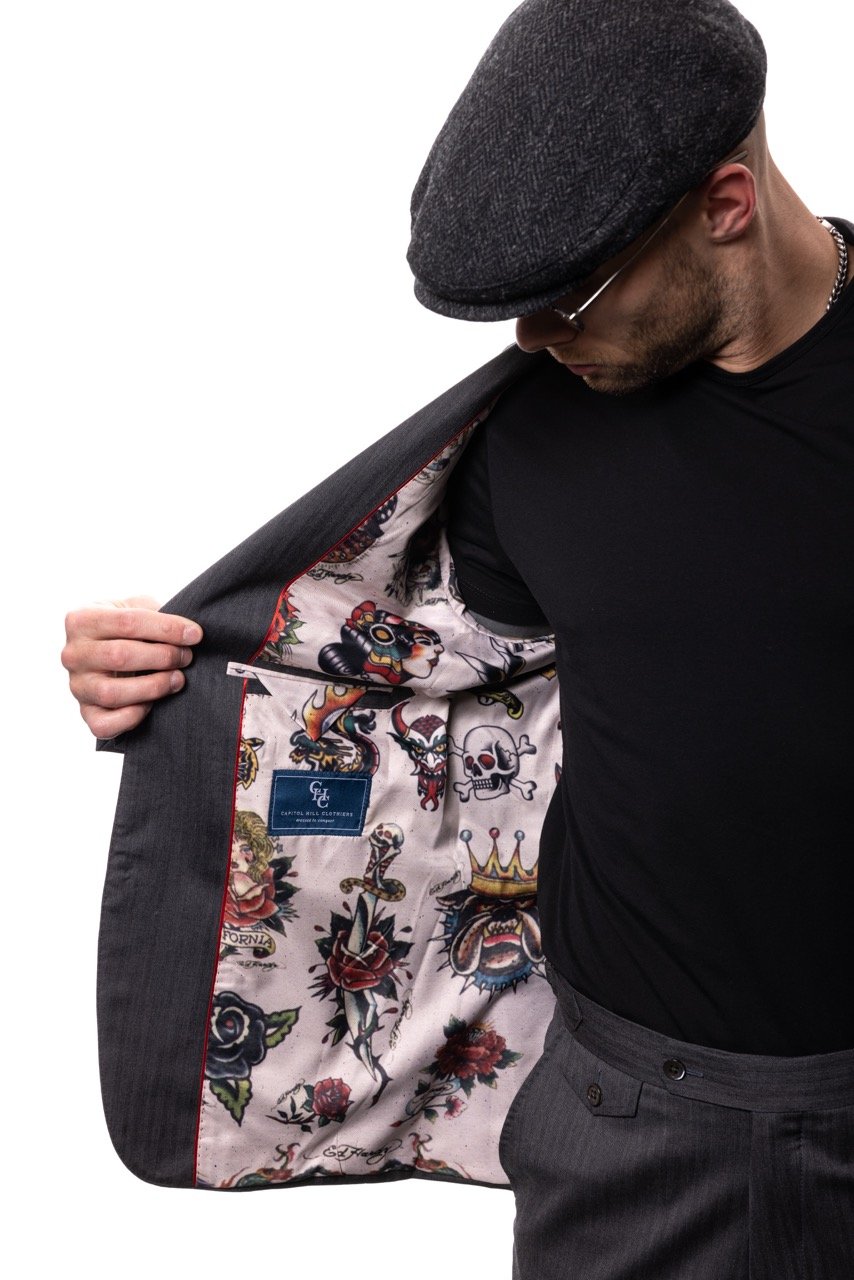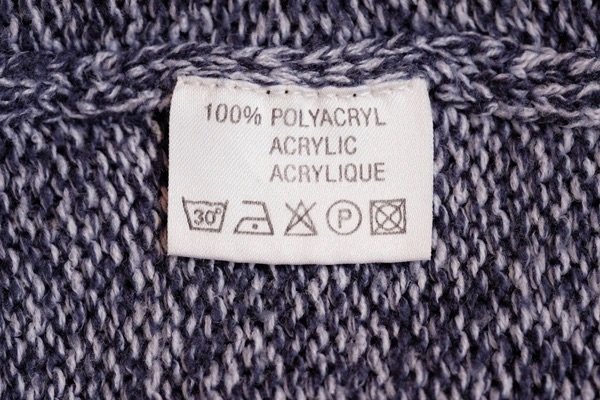Dressing for Value: The Cost-Per-Wear Approach to Your Wardrobe
Are you stuck between wanting to splurge on that latest trend and needing to stick to a budget? In a time when sustainable fashion and financial savvy are more important than ever, understanding the "Cost-Per-Wear" equation could be your stylistic and economic salvation. This guide is designed for the fashion-forward, budget-conscious shopper, right through to the most seasoned shopaholic, offering insights into an often-overlooked aspect of shopping smarter, not harder.
Unveiling the Cost-Per-Wear Concept
At its core, Cost-Per-Wear (CPW) is simple math: take the price of an item and divide it by the number of times you'll wear it. That cashmere sweater priced at $200 suddenly seems more affordable if you wear it 50 times compared to a bargain $20 tee that shrinks after the first wash.
CPW isn't just about crunching numbers; it's a mindset shift towards valuing longevity over low cost, and quality over quantity. When leveraged properly, the CPW formula can revolutionize the way you view purchases, whether it's for daily wear like jeans and shoes or for those special occasion custom suits.
How to Calculate and Use Cost-Per-Wear Effectively
When you're out shopping or perusing online stores, keep the CPW formula in mind. Do the quick math – even if it's just a mental note – and ask yourself some questions:
How many times am I likely to wear this?
Is it versatile enough to pair with other items in my closet?
Is the quality good enough to last?
Here's a scenario: A $1,200 sport coat might seem steep, but if you go to networking events, happy hours, or even semi-casual date nights often, you can see yourself wearing it at least 50 times over the next 3 years, that’s $24 per wear. Compare that to a $300 jacket that might last for only 10 wears and a few dry-cleanings before showing signs of cheap quality and needing replacement. Not such a drastic difference after all, especially if the more expensive one makes you feel like a million bucks each time (and even more especially if it’s custom!).
Wardrobe Audits Using Cost-Per-Wear
Your wardrobe might be packed to the brim, but how much of what you own do you actually wear? Conducting a personal audit with the CPW in mind can help you purge unnecessary items and identify the real stars of your closet. Make a practice of noting which items deliver the best value over time and adjust your shopping habits accordingly.
It might also reveal surprising facts, like that one pair of quality-made shoes you've repaired multiple times may have a lower CPW than the fast-fashion ones you tend to replace every year.
The Getting Dressed Podcast did an episode on “How to Audit Your Closet” and I highly recommend it.
Justifying Higher-End Purchases
CPW becomes exceedingly valuable when looking at high-end pieces like custom suits. These might be a substantial upfront investment, but the tailored fit, superior materials, and completely personalized style often translate to a lower CPW due to longevity – not to mention the confidence boost that comes with wearing something made just for you. Whether you work in a business professional environment and always need to look tip-top or are a Washington, DC socialite always looking to turn heads at events, your comfort and style are worth the investment as long as you’ll actually use what you buy.
Incorporating Sustainability into Your CPW
Sustainability and CPW go hand in hand. By choosing garments that last longer, you're not only getting more bang for your buck; you're also reducing waste and supporting slower fashion cycles. Sustainable fashion sometimes comes with higher price tags, but the CPW equation serves as a reminder that cheaper, more disposable options are often more costly in the long run – for both your wallet and the planet. Another personal point, I absolutely hate getting shocked on every metal surface during the winter. Always have. Know why I don’t get shocked nearly as often anymore? I don’t wear synthetic materials. This is a win for sustainability, comfort, and avoiding unwanted electricity.
If you’re like me and make a habit of looking at the tags of the garments you’re interested in buying, another adjacent mathematical equation to CPW is roughly calculating the markup of a garment from the manufacturing cost to you. I tend to do that by looking at the fabric abbreviations. Synthetic materials like polyester, acrylic, spandex, etc. are monstrously cheaper to source and incorporate into a garment than natural materials like wool, cotton, linen, etc. Not coincidentally, synthetic materials are also far lower on the quality scale and will deteriorate faster, leave you less comfortable, and again, shock you more overall. If you’re holding two sweaters marked at the same price, one made of 100% merino wool and the other made of 100% acrylic, the brand using 100% acrylic is making SO much more money off of you for a far inferior product.
Conclusion
Cost-per-wear is more than a numerical value; it's a tool that empowers you to make wiser, more sustainable wardrobe choices. Next time you're faced with a fashion conundrum, remember that the cheapest option isn't always the most economical and that investing in your wardrobe is akin to investing in yourself. Happy calculating, and even happier shopping!
Remember: Every purchase is an investment in your personal style narrative. Make it count.




